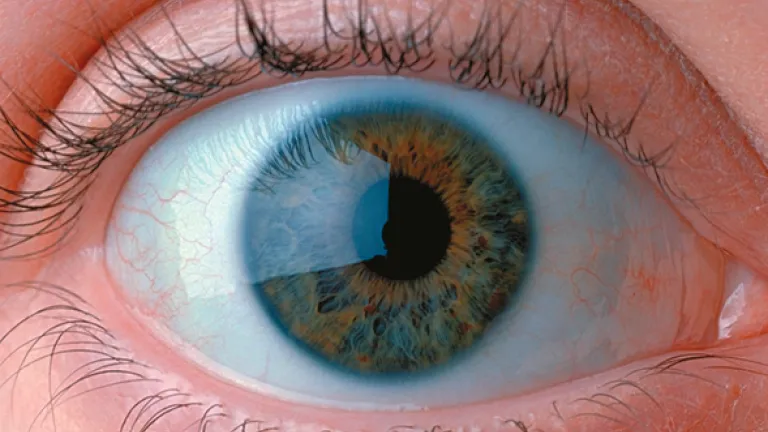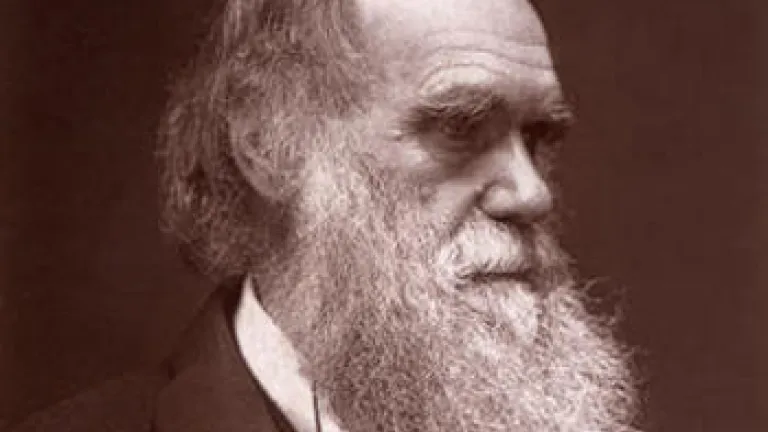The Miracle of the Human Eye
The complexity of the human eye alone makes a compelling case for creation.
Charles Darwin described the eye as one of the greatest challenges to his theory. How could he explain it? The eye, after all, is simply incompatible with evolution. "To suppose," he admitted, "that the eye with all its inimitable contrivances ... could have been formed by natural selection, seems, I freely confess, absurd in the highest degree" (On the Origin of Species, 1909, p. 190).
Jesus Christ said that "the eye is the lamp of the body" (Matthew 6:22). Jacob Bronowski wrote that, "if you compare a human being with even the most sharp-eyed of the great apes, say with a chimpanzee, our vision is incredibly more delicate ... Their ability to discriminate fine detail (which can be tested in a very simple way) is not comparable with that of human beings" (The Origins of Knowledge and Imagination, 1978, pp. 12-13).
The human eye possesses 130 million light-sensitive rods and cones that convert light into chemical impulses. These signals travel at a rate of a billion per second to the brain.
The essential problem for Darwinists is how so many intricate components could have independently evolved to work together perfectly when, if a single component didn't function perfectly, nothing would work at all.
"Now it is quite evident," says scientist Francis Hitching, "that if the slightest thing goes wrong en route—if the cornea is fuzzy, or the pupil fails to dilate, or the lens becomes opaque, or the focusing goes wrong—then a recognizable image is not formed. The eye either functions as a whole, or not at all.
"So how did it come to evolve by slow, steady, infinitesimally small Darwinian improvements? Is it really possible that thousands upon thousands of lucky chance mutations happened coincidentally so that the lens and the retina, which cannot work without each other, evolved in synchrony? What survival value can there be in an eye that doesn't see?
"Small wonder that it troubled Darwin. 'To this day the eye makes me shudder,' [Darwin] wrote to his botanist friend Asa Gray in February, 1860" (The Neck of the Giraffe, 1982, p. 86).
Charles Darwin should have considered two passages in the Bible. "The hearing ear and the seeing eye, the Lord has made them both," wrote King Solomon (Proverbs 20:12). Psalm 94:9 asks: "He who planted the ear, shall he not hear? He who formed the eye, shall he not see?"
The same can be said of the brain, nose, palate and dozens of other complex and highly developed organs in any human or animal. It would take a quantum leap of faith to think all this just evolved. Yet that is commonly taught and accepted.
After reviewing the improbability of such organs arising in nature from an evolutionary process, Professor H.S. Lipson, a member of the British Institute of Physics, wrote in 1980: "We must go further than this and admit that the only acceptable alternative is creation. I know that this is anathema to physicists, as indeed it is to me, but we must not reject a theory that we do not like if the experimental evidence supports it" (Physics Bulletin, Vol. 30, p. 140). GN





